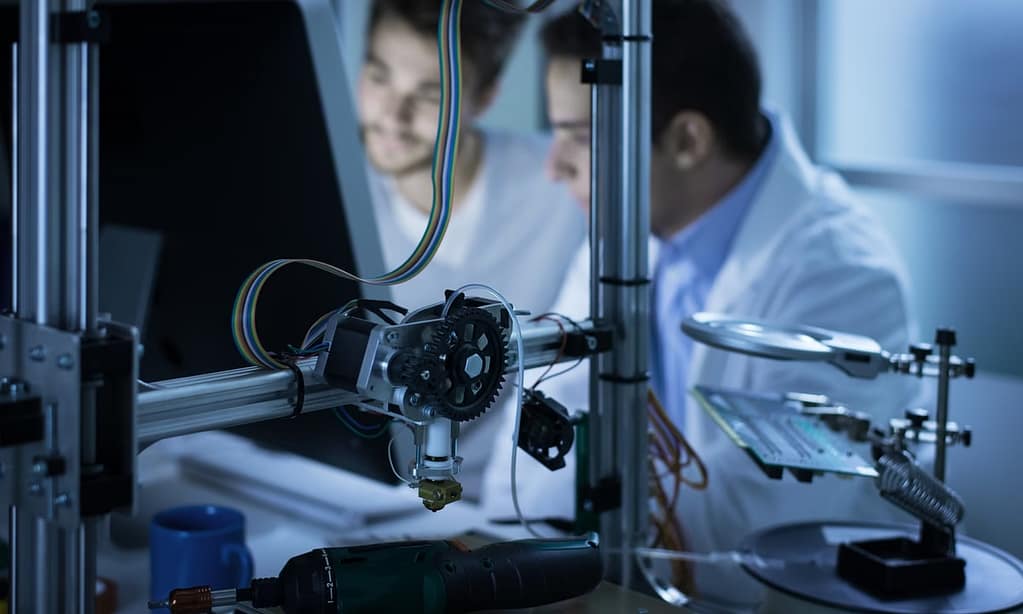Introduction: The Rise of Rapid Prototyping in Modern Manufacturing
Innovation is at the heart of modern product development, and prototypage rapide has emerged as a powerful tool to fuel this process. Whether you’re an entrepreneur with a groundbreaking idea or a large corporation looking to streamline your design process, prototypage rapide can dramatically reduce development time and costs. In this article, we will explore how prototypage rapide is reshaping industries by accelerating design iterations, improving product quality, and enabling faster time-to-market.
What is Prototypage rapide?
A la base, prototypage rapide refers to the use of computer-aided design (CAD) software to create a physical model of a product quickly, allowing designers and engineers to test and evaluate the design in real-world conditions. Unlike traditional prototyping methods, which often involve lengthy manual processes, prototypage rapide uses advanced techniques like 3D printing, CNC machining, and laser cutting to produce prototypes in a fraction of the time.
The essence of prototypage rapide lies in its speed. Traditional prototyping could take weeks or even months, but with prototypage rapide, this process can be completed in a matter of days, or even hours, depending on the complexity of the design. The speed, coupled with cost-effectiveness and precision, makes prototypage rapide an essential tool for businesses looking to stay ahead of the competition.
Why is Rapid Prototyping Crucial for Modern Product Development?
- Speeding Up Design Iterations: Traditional prototyping often involves waiting for parts to be manufactured, assembled, and tested before feedback can be gathered. With prototypage rapide, engineers can quickly create multiple iterations of a design, making it easier to test different concepts and ideas. This iterative process allows for faster refinement of a product before it goes into full-scale production.
- Cost-Effective: Developing a prototype using traditional methods can be costly, especially if the process involves tooling, materials, and labor. Prototypage rapide eliminates many of these costs by using digital technologies to produce prototypes without the need for expensive molds or extensive manual labor. The result is a more affordable prototype development process.
- Improved Product Design and Functionality: One of the main advantages of prototypage rapide is that it allows designers to identify flaws and weaknesses early in the development process. By producing a physical model, designers can see how the product will function and interact in the real world, leading to more informed design decisions and a better end product.
- Increased Collaboration: Prototypage rapide enables designers, engineers, and stakeholders to collaborate more effectively. Because prototypes can be created quickly and modified easily, teams can work together in real-time to identify problems and refine solutions, ultimately leading to better outcomes.
- Enhanced Innovation: Prototypage rapide removes many of the barriers to experimentation that have traditionally slowed down the innovation process. With the ability to rapidly test new ideas and designs, companies can experiment with unconventional solutions that might otherwise have been deemed too risky or expensive to pursue.
Applications of Rapid Prototyping Across Industries
- Automobile: The automotive industry uses prototypage rapide to test new vehicle components, interior designs, and even entire vehicle models. By rapidly producing prototypes, manufacturers can quickly assess design changes, reduce costly errors, and enhance the overall user experience.
- Aérospatiale: In the aerospace industry, where precision is paramount, prototypage rapide is used to develop and test parts that will be used in aircraft and spacecraft. The ability to create high-precision prototypes allows engineers to ensure that components will meet stringent performance standards before being used in actual flight systems.
- Électronique grand public: Prototypage rapide has had a profound impact on the consumer electronics industry, where quick design iterations are crucial. From smartphones to wearables, companies use prototypage rapide to test form factors, user interfaces, and functionality, accelerating the time-to-market for the latest devices.
- Dispositifs médicaux: The medical industry relies heavily on prototypage rapide to create functional models of medical devices, surgical tools, and implants. Testing these prototypes before full-scale production ensures that the devices meet the high
